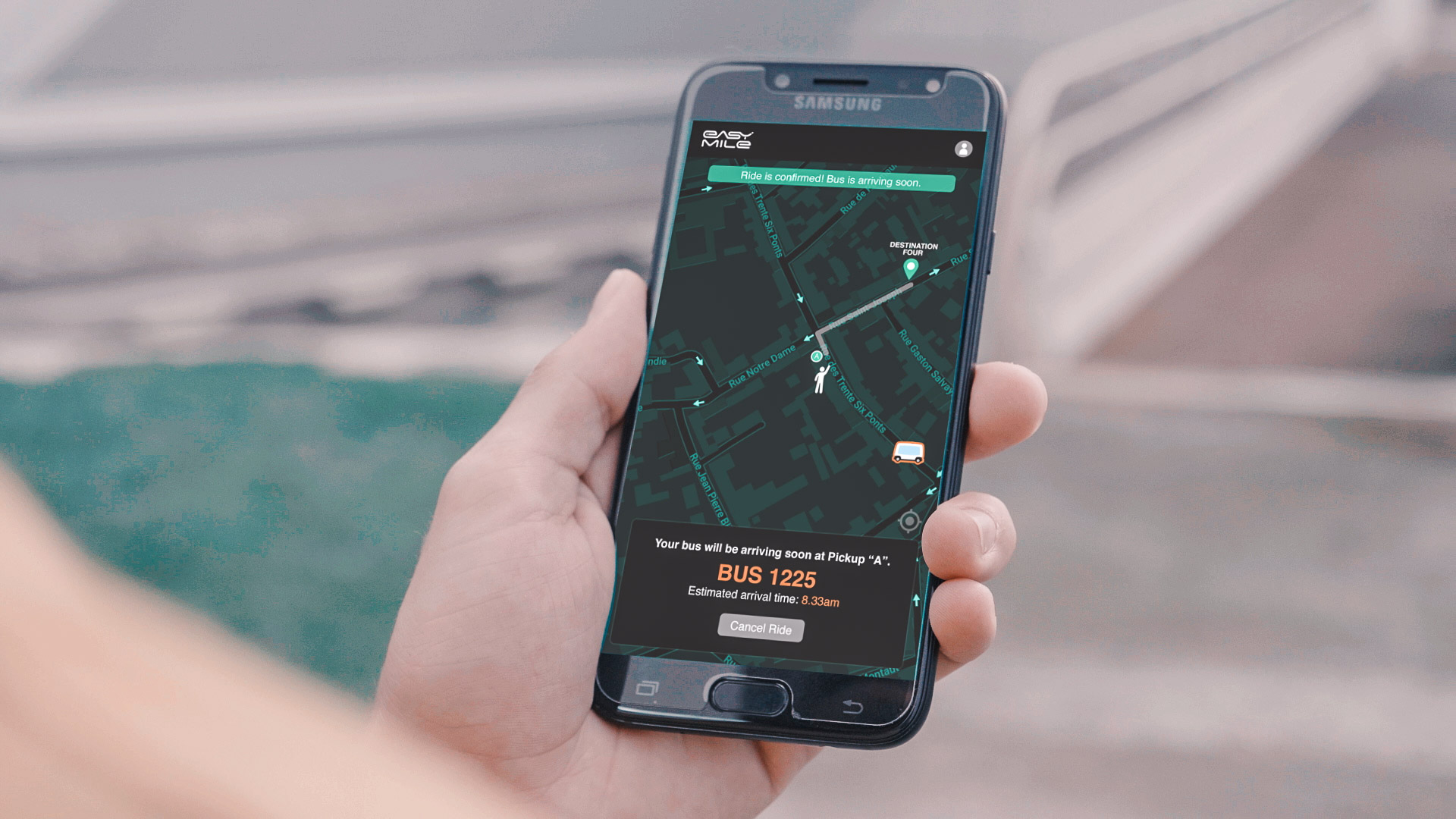Written by Lauren Isaac
Early adopters of autonomous vehicles are preparing the groundwork for a world of joined up mobility networks. Smartphones are transforming the way we think about mobility.
Travel across any major European city and you’ll find yourself switching from one mode of transport to another. In Munich, for example, nearly 50% of the 300,000+ daily commuters make at least two transfers on their journey1, moving from the strassenbahn, underground, train or bus.
You’ll also still find a lot of cars. Public transport’s ultimate competitor is the single-occupancy vehicle. Cars allow for seamless travel, but they aren't good for our environment or congestion. The younger generation don't necessarily want to own vehicles anymore, but they'll do it if there aren't other good, convenient options.
When a transport network works well, it’s seamless. But when it doesn’t, each connection, or wait at a station or bus stop adds time and stress to the journey. In Munich, average waiting times for connections are around nine minutes – fairly low compared with some other cities. But nearly one third of passengers will wait 20 minutes or more.2
The daily commute hasn’t always been a pleasant experience. But greater digital connectivity is changing our expectations.
Now, public authorities and private firms are tackling the fragmented nature of transport networks by pushing for Mobility as a Service (MaaS). With one central app, MaaS can integrate trams, electric hire cars, buses – even kick-scooters – into one fluid journey.
We believe autonomous vehicles (AV), with their capability to deliver flexible, on-demand services, are a perfect fit for emerging MaaS ecosystems and can help move mobility networks from a series of pilot projects to a proven system operating on a global scale.
The challenges of global MaaS expansion
The MaaS poster child is Helsinki, which has had an app-led service for the last five years. Passengers pay a monthly subscription or per journey.
And projects are cropping up all over the world. In urban areas, such as Los Angeles, California which has introduced a smart card for payment across different modes that aims to ease traffic gridlock for the city’s 10 million residents; and in rural too – Scotland’s GO-HI app gives the Highlands and Islands access to car hire from regional mobility hubs.
But despite expanding reach and coordination from organizations like the MaaS Alliance (which brings together universities, private industry, and public authorities) there are some significant challenges to overcome:
- Walled gardens or open access? Some providers favor developing individual ecosystems, blocking access to third parties – protecting their brands, but limiting cooperation. We’ve seen this in action in New York, where ride-hailing service Lyft barred mobility platform Transit from accessing its city bikeshare system.
- What level of integration? Just what constitutes MaaS is open to interpretation. There’s no set one definition and it can range from just sharing information, to a full package of planning, payment, subscriptions and booking. Technical difficulties (as well as competing interests of service operators) can limit integration. As use of these platforms increase, more uniform standards could be needed to meet passenger expectations.
- Policy and regulation Policymakers are racing to catch up in terms of regulating safety and standards. In the US, MaaS is working its way into federal policy, while in Europe, work has begun at a European Commission level to develop a legal framework that will encourage further growth.
So where does autonomous transport fit in?
Rather than having to press pause, private sites that are already early adopters of autonomous technology, are the ideal proving ground for testing and validating MaaS technology.
We’ve already seen evidence from business parks and university campuses that an intra-site mobility network can be highly effective.
Earlier in 2021, EasyMile teamed up with MaaS provider SpringCloud in South Korea, deploying an autonomous shuttle at the National University of Science and Technology campus in Seoul. The ‘Springcar’ takes students, staff, and visitors from the main car park on campus to a network of stops along a 1.9-kilometer route. A similar service launched in a residential area of Hamburg, Germany later in the year, with two shuttles providing an on-demand service integrated with a regional train station.
And we’re also demonstrating the viability of on-demand services – a crucial part of a seamless transport network. In Trondheim, Norway, we launched Europe’s first ever on-demand bus service. Responsive to customer demand rather than following a specific route, customers request journeys via an app that covers search, booking, payment, invoice, and personal data analysis.
A common reason people resort to private cars is that first or last mile. They don’t want the hassle of transit connections eating up their time, making a quick trip into a complex one.
MaaS will encourage a modal shift for private car users as well as improving the comfort for more regular users of public transport. I would argue that AVs are one of the many modes that MaaS providers can incorporate as a great alternative to cars. It's one more "tool in the toolbox."
1,2 Source: Moovit public transit statistics, available under Creative Commons Attribution 4.0 International License
Recognized as an industry thought leader, Lauren maintains a blog titled Driving Towards Driverless, has spoken at hundreds of industry conferences, delivered a TedX Talk on driverless vehicles, and has been published and quoted in numerous national and international publications.


